How to Decide Which Brush Management Method is Right for You — And Why It’s So Important
Brush encroachment is a common problem for land managers, and it’s often a struggle to know how best to respond to the unwanted trees, vines and shrubs invading your land. On the other hand, there are times when a manager may want to increase brush or a particular brush species in certain areas.
Why is brush encroachment such a big issue? There are two main reasons: 1) lack of preventive management; and 2) trees and plants that became invasive when introduced to new areas. Examples of species that can cause a problem include elms, persimmon, pecan, Osage orange, honey locust, mesquite, junipers, sumacs, blackberries and greenbrier. However, these species can also be beneficial in the right amount and location.
Here’s how to decide whether management is needed and, if so, which management method(s) would be right for your situation. Keep in mind, though: Prevention is more efficient, more successful and less expensive than controlling mature brush encroachment after the fact.
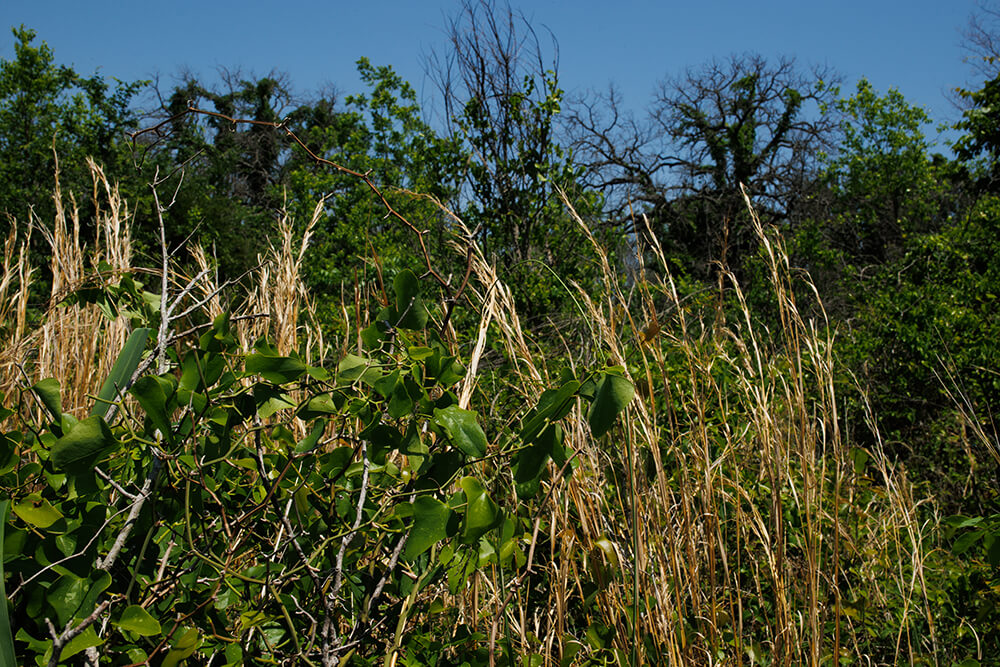
What are your brush management goals?
Before deciding if and how to manage brush, land managers need to know their landscape goals. Do your goals require less brush or more brush? How much change is needed to meet your goals?
You likely need to reduce brush abundance when your goals include:
- increasing grazeable acres
- improving wildlife habitat for certain species
- increasing visibility and accessibility
- increasing plant diversity.
In some situations, such as riparian land reclamation and wildlife habitats, a land manager may want to increase the amount of brush or increase the diversity of brush species. In these cases, the manager can allow existing brush to increase naturally or facilitate it with plantings of desired species.
Common reasons to increase brush abundance/diversity include having goals of:
- improving wildlife habitat for some species
- increasing forage availability for goats
- increasing plant diversity
- increasing shelter and shade for livestock
- reducing visibility of or access to an area.
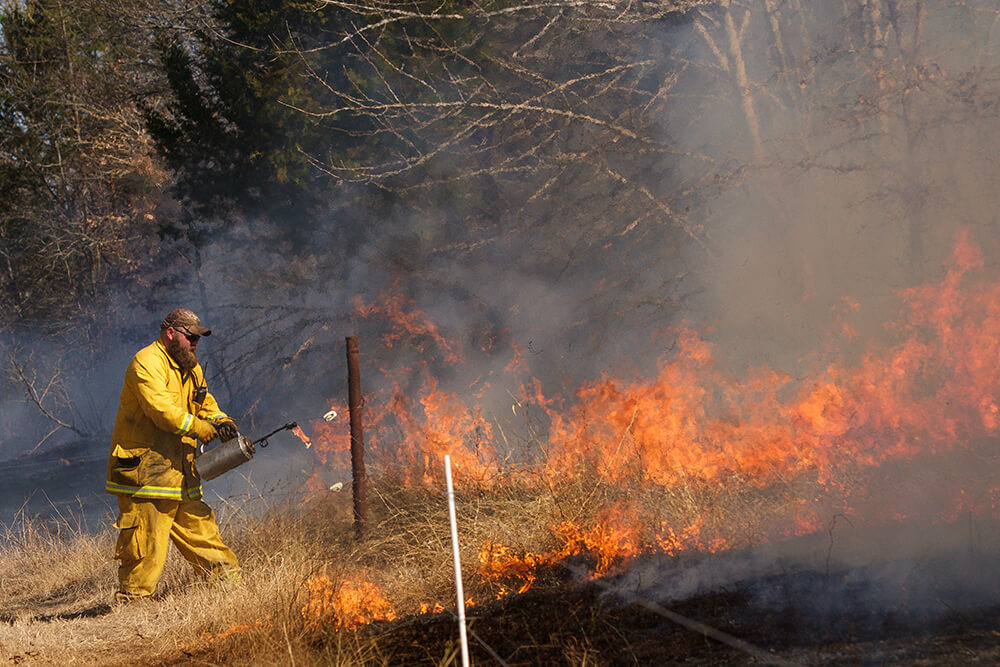
Variables to consider in brush management plans
1. Species to manage
Before selecting a management method, identify the brush species you’re targeting. Knowing the growth habits of the species will help the land manager to select the proper control method. Many species of concern (elms, persimmon, pecan, Osage orange, honey locust, mesquite, sumacs, blackberries, greenbrier, etc.) resprout from the roots. This means that simply cutting the brush down will not kill it. Many of these species have secondary buds on the roots that will create multiple new shoots of the tree, shrub or vine — basically, you’ve made the plant mad.
2. Economics and finances
Brush management can be an expensive endeavor and may or may not be profitable, so it’s important for land managers to run the numbers before choosing and implementing a plan. Each management method has a cost associated with it. Likewise, each method is best-suited for a specific situation where it works well and is most cost-effective.
As you match the best methods to your situation, the finance question asks whether you can afford the cost and what your return on investment will be. There are programs available to assist land managers with some of these costs.
If the area in question has low productivity due to shallow soils, surface rock or lack of an important component (like water, infrastructure or habitat), consider either not performing brush control or addressing the other limiting factor first. In some cases, the existing brush may be able to generate additional income through goat grazing, recreational leases or the harvest of firewood or lumber.
3. Available equipment
Many land managers already have equipment that could be used to manage brush with little-to-no modification. These changes may include adding a tree shear to a front-end loader or skid steer or adding a hand wand to a sprayer. Needed equipment typically can be rented. Contractors are usually available as well.
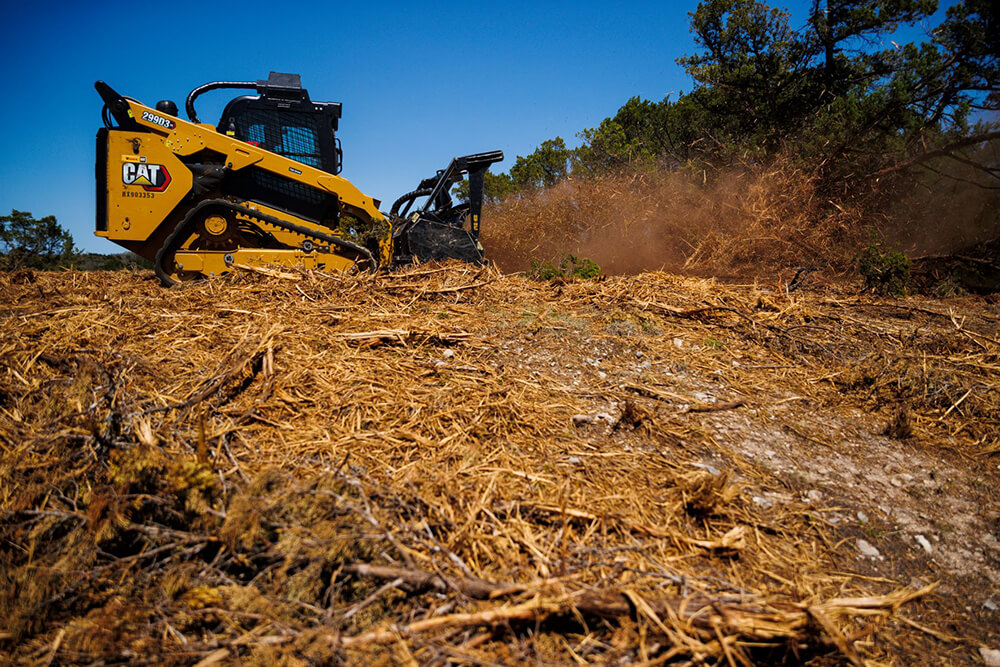
4. Timing of implementation
- Typically, mechanical methods can be done year-round. This is true with mulchers, shears, saws and mowers.
- Use of earth-moving equipment such as bulldozers and excavators may require a specific amount of soil moisture to remove as many roots as possible to reduce the likelihood of resprouts.
- If livestock are to be used, grazing during the growing season is more effective than dormant-season grazing.
- If herbicides are used, make every effort to use selective herbicides and to treat individual plants to reduce nontarget collateral damage. Always read and follow the label directions to properly apply the selected herbicide. Timing is everything with herbicides.
- Prescribed burning can be used any time of year.
- Late-growing-season prescribed burns typically temporarily reduce brush better than burning during other times of the year. However, burning during the early growing season might fit better if the brush will be grazed by livestock.
- If the land manager enrolls in a governmental cost-share program, there will be a deadline by which the management must be implemented.
5. Time to achieve goal and scale
When selecting a brush management option, land managers should consider the scale or size of the project relative to available resources.
In many cases, land managers may believe they are making progress in their war with brush, but if they selected a management method that was not efficient, the brush still present is getting taller and thicker every year. Realize that running one chainsaw one day per week or running five goats is not going to manage 100 acres of brush in one year. In this case, larger equipment such as a mulcher on a skid steer, or a herd of many more goats, would be necessary to achieve the example goal.
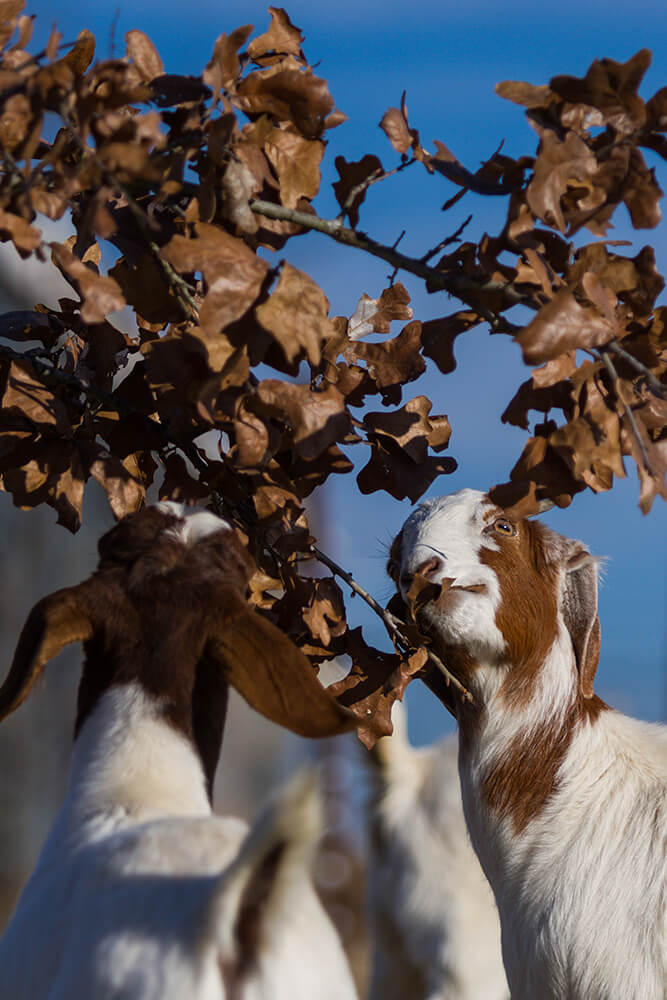
Choosing the right method for your land
Once all the above has been considered, land managers will be in a good position to select the proper management method. Optional methods fit into four broad categories: mechanical (chainsaw, dozer, etc.), prescribed fire, herbicides and biological (goats, sheep, etc.).
For more information about mechanical and herbicide solutions, refer to the article How to Reduce Your Risk When Improving Rangeland. For more information about using prescribed fire, see Key Concepts Regarding Prescribed Fire. For more information about using livestock such as goats, consult the Langston University online module Goats for Vegetation Management.
Post-implementation management
Typically, one application of a method is not the final solution to a brush management issue. Unfortunately, many land managers don’t develop a long-term brush management plan or have a follow-up plan in place. Sadly, in many cases, the brush returns to an unacceptable level in only a few years.
It’s important to note that the appropriate method for follow-up brush management may be different than what was used initially. An example of this could be using mechanical or herbicide control first, followed by prescribed fire and grazing to manage regrowth and new brush.
Selecting the proper brush management method is essential for short- and long-term success of a project. Make sure the method fits within the budget and can be achieved in a timely manner to meet the land manager’s goals.

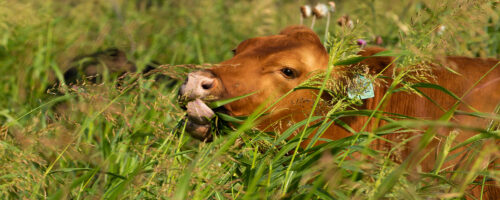
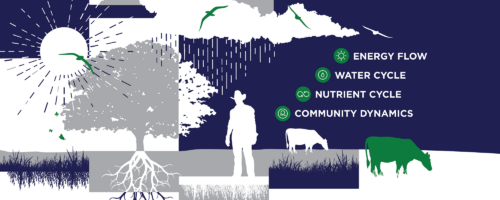
Comment